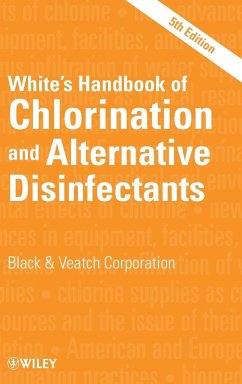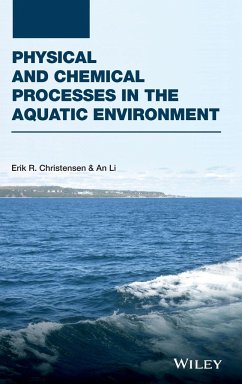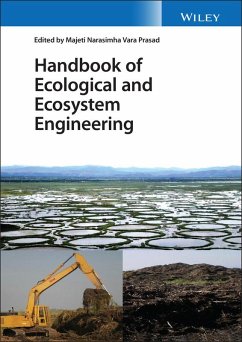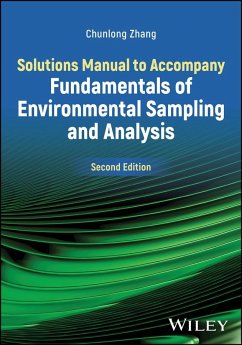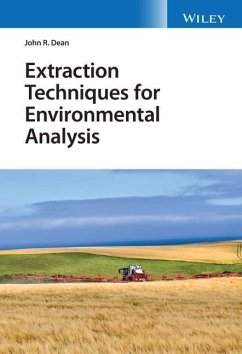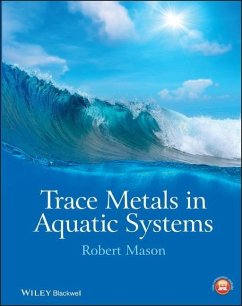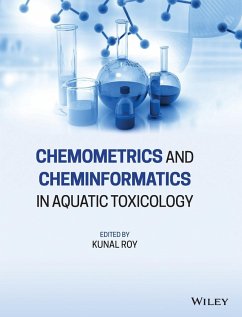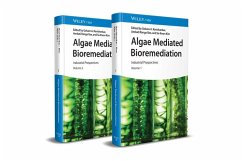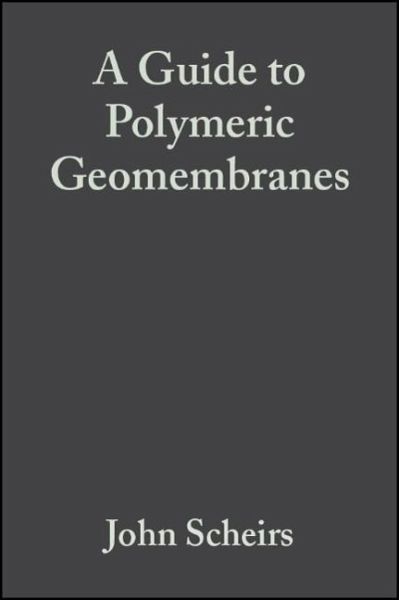
A Guide to Polymeric Geomembranes
A Practical Approach

PAYBACK Punkte
114 °P sammeln!
This comprehensive reference gives an overview of geosynthetic polymers that comprise an important group of materials for lining landfills, mine leachate ponds and water containment facilities. The book begins with an introduction to geomembrane polymeric materials and their properties and manufacturing. Further discussions describe the different types of materials such as High-Density Polyethylene (HDPE) as well as their properties, shortcomings and applications. Geomembrane survivability such as chemical exposure effects are also include. The book ends with final chapters covering quality control and quality assurance and leak detection and leak surveys.
Geomembranes are flexible polymeric sheets which are used as relatively impermeable liners to contain liquid and vapour. With uses ranging from canal liners to hazard waste landfills, they are used extensively in a range of industries such as water conservation, mining, construction and waste management. A Guide to Polymeric Geomembranes: A Practical Approach offers an informed overview of the developments in this field and includes: * Detailed discussion of the major geomembrane types * Manufacturing methods * Key performance properties * Industrial applications * Testing and chemical resistance of geomembranes * Failure analysis methodology Written by a polymer research specialist with more than fifteen years experience in industry, this practical handbook covers the manufacture, use, installation, durability, lifespan and performance of geomembranes. It covers all the information required to enable the reader to select the most suitable geomembrane material for the job. This book is a useful reference for engineers and professionals in industry, environmental consultants, polymer and materials scientists, and government agencies and policy makers. It is of particular interest to those designing, commissioning and operating waste management sites, landfills, mine leachate ponds and water containment facilities.




